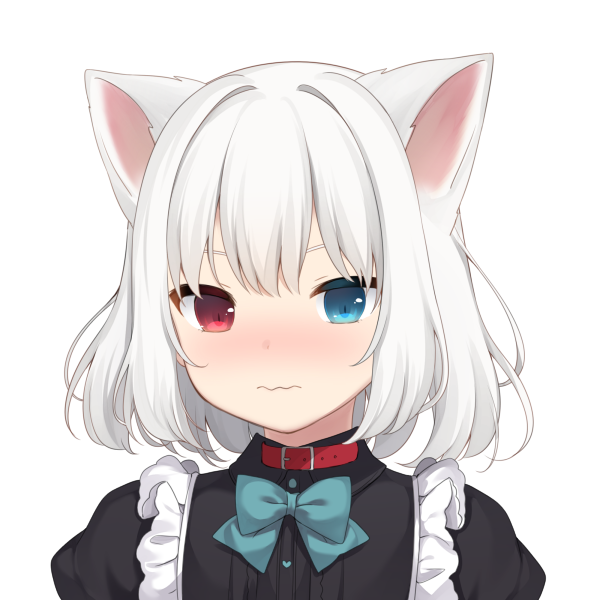

I’m so glad to see these lists here.
Also, while I’m really enjoying 7th Time Loop, I’m surprised to see it is so popular.


I’m so glad to see these lists here.
Also, while I’m really enjoying 7th Time Loop, I’m surprised to see it is so popular.


I am really appreciating the vibe of this show. This shows a vibrant ecosystem within each layer of the dungeon, coupled with a variety of problems that can be solved in a multitude of ways.
I wouldn’t have expected that the mandrake could be harvested and eaten by just cutting off their heads. I also didn’t expect that they would show the screamed-out one to be superior.
One point they are making is the strength of the main characters. At the beginning you see that they are initially holding their own against a large dragon, before they fail. Now the party’s strength seems to be compared against adventurers at each stage. So far, the party has had the occasional mistake, but hasn’t faced anything significantly challenging. It will be interesting to see what the party’s limits are and how they overcome them.


It never struck me in the past, but Kenshin was putting away at half a brain all, “Yare yare, gozaru,” trying to recover from the PTSD of killing numerous people. He is trying to live this new life, and become the new person.
When the past is dug up, be has a deep personality change. When Saito attacks, we see the real? old?Kenshin buried under all the layers of peace. Although we have seen the cracks in the past, I think this is the first time in the series that he seriously considered killing someone and thoroughly became his old self.
I don’t know if it is intended, but Saitou’s first name is Hajime, or beginning. The character is supposedly based on a real person with the same name who served as the captain of the third unit of the Shinsengumi and later as a police officer.

That’s cool. Looking again, the character in the image is Konoha, the main character in the anime. The dithering is an homage to one of the episodes.

Between the eyes and the dithering, were you inspired by 16-Bit Sensation?


I remember these being suggested to me as a newbie a long time ago.
Please continue to learn! It’s great to bring new perspectives to play.
I kind of answered this elsewhere in the thread, but here is my answer to you.
If you are referring to basic OS level functions, they are super similar, but they are also wildly different.
Ubuntu is based on Debian. It is centered on keyboard and mouse input, often with touchscreen. It uses a Canonical kernel.
Android is its own flavor of Linux, entirely centered on touch input. It uses a heavily customized AOSP kernel.
While I think it might be entirely possible to install and remove packages to have one act like the other, they have wildly different kernels.
Here is a pretty lengthy write up on the subject by Richard Stallman.
https://www.theguardian.com/technology/2011/sep/19/android-free-software-stallman


Oh, I forgot about Chromebooks and ChromeOS. They are similar, but there are significant differences.
ChromeOS is based on Gentoo. It is centered on keyboard and mouse input, often with touchscreen.
Android is its own flavor of Linux, entirely centered on touch input.
While I think it might be entirely possible to install and remove packages to have one act like the other, we are comparing a different Linux flavor against Android.
Also, my answer is probably generic enough to answer OP.


Are you in a local user group, like a Linux club?


Are you talking about mobile OS? I can’t imagine using Android as a desktop.
The biggest differences are the available packages and the that Android is typically heavily locked down to prevent user access.


Is this just cute girls doing cute things? How am I supposed to watch a PAWorks without learning of the inner workings of diesel repair?


Wow. You broke me with this. Thank you so much. Guess I needed it.
Thanks. It’s good to hear someone outline what I was thinking. I’m frustrated that the support response made it sound like we shouldn’t be using the software, but I guess I’ll get over it.
I suspect most of it leans heavily on ghostscript, so they are required to provide AGPL. They would like to obtain support contracts, so support requests are considered out of compliance unless they are paid. I find it interesting that they basically have AGPL+ were plus is whatever they have on their license page in addition to AGPL.
That’s how I feel. I’m not a legal expert either. The caveat to this is that there is a disclaimer on the legal page where you are directed to the AGPL that says that you may not, “Use PDFCreator within an application or service that is not licensed under the terms of the AGPL.”
I’m assuming using the software in a Windows environment is allowed as it is distributed as a Windows application. If you are using the software to accept print jobs to PDF in a manner configurable through the default UI without modifying the code or default files, I’m also hard pressed to call it a violation, regardless of the input application.
I think that the concern from PDFForge is that we were asking for assistance with a feature, which crosses the line in any sort of professional setting.
This is how I expected FOSS to function. If you get a chance, check out their license page, which directs prospective users to the AGPL and also has further restrictions on what users may not do.
deleted by creator
100% how I read their license page. It isn’t like we are using it within another application, just literally using it as advertised. Unfortunately, the email came off as advising us that the software isn’t intended for use without a business license so we are now investigating other options.
Doesn’t this mean that overwhelming non factual information would skew the results of chat gpt?